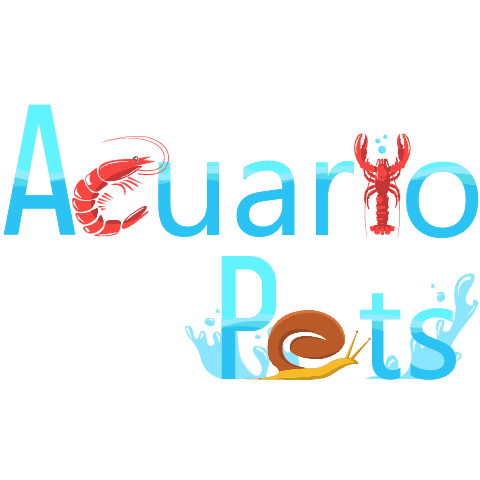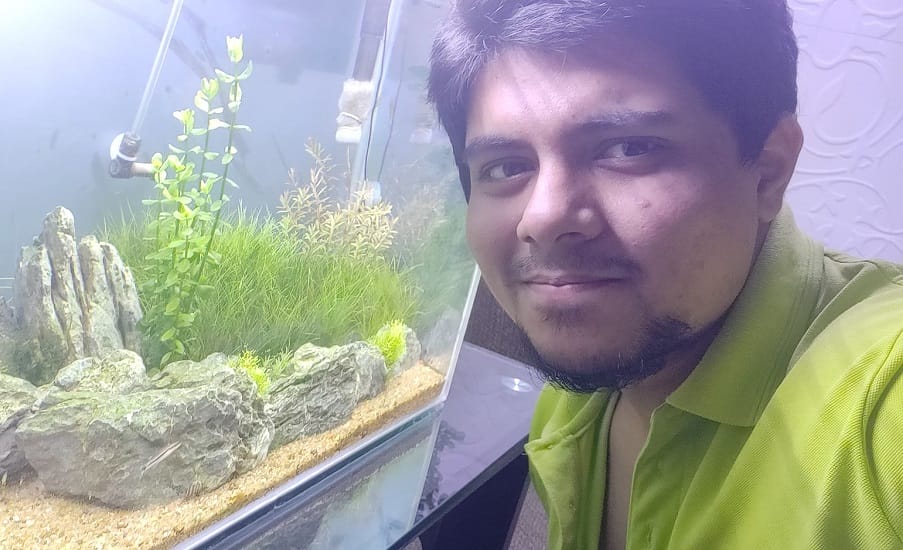This post was created with help from AI tools and carefully reviewed by a human (Muntaseer Rahman) . For more on how we use AI on this site, check out our Editorial Policy.
Check Out These FREE Tools We Made JUST For You!
25 Bearded Dragon Morphs That’ll Blow Your Mind
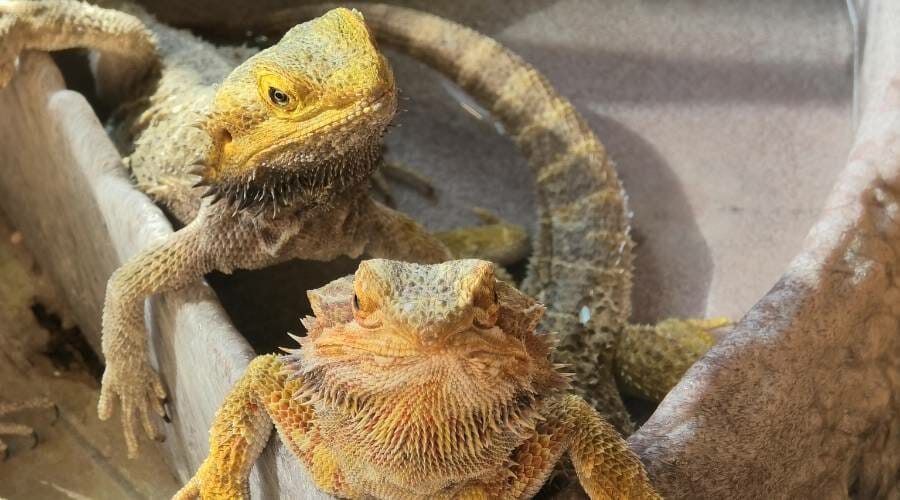
Most people think all bearded dragons look alike. Brown, spiky, done.
But once you start looking into morphs, it’s a whole different world. Some have no scales. Some come in bright orange, snow white, or even deep red.
There’s no magic here—just years of selective breeding. And yeah, some of these morphs look straight-up unreal.
Here are 25 bearded dragon morphs that’ll make you stop and stare.
Color Morphs
This is where most people start. Color morphs are all about how your bearded dragon looks—not how it acts or feels.
These morphs are the result of years of selective breeding. Breeders pick dragons with strong colors and pair them to bring out even bolder shades.
The result? Beardies that look like they came out of a video game.

Red morph
Red morphs are exactly what they sound like—dragons with deep red tones. The shade can range from a dull rust to a bright fire engine red, depending on the breeder and the bloodline.
The brighter ones usually come from dragons that were selectively bred for generations just to boost that red. If you want a beardie that stands out under any lighting, this one’s a solid choice.
They’re often paired with other traits too, like leatherback or hypo, to make the red pop even more.
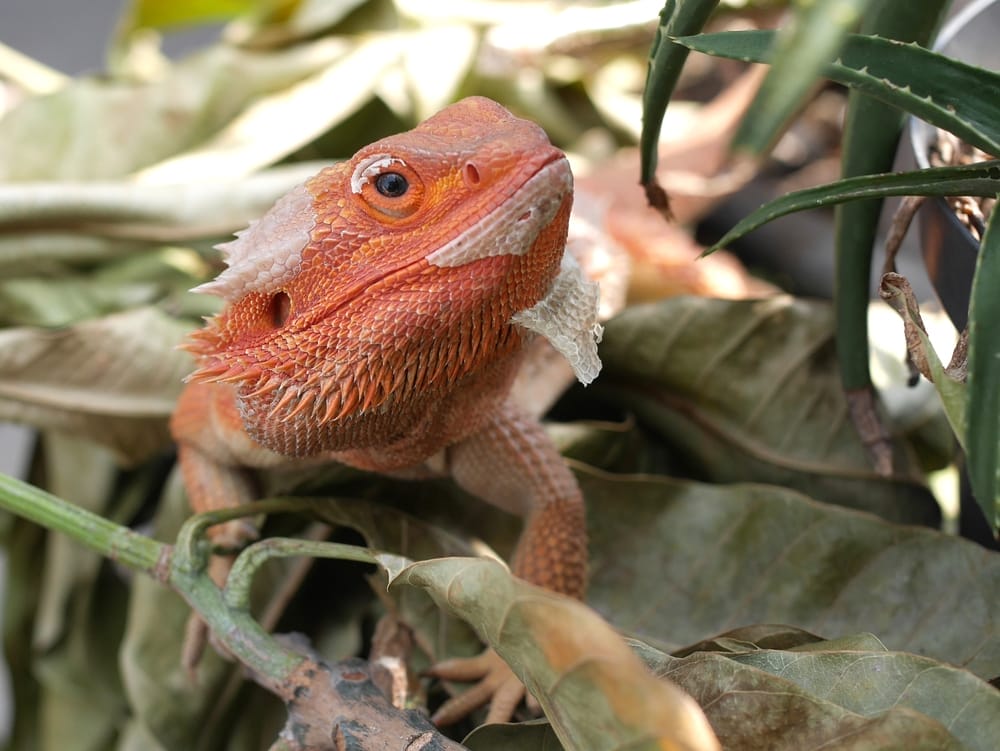
Orange morph
Orange morphs sit between red and yellow, but they’re not just “in-between.” A well-bred orange bearded dragon looks like it’s glowing.
Some people call them “tangerine” or “sunburst,” but the idea is the same—these dragons bring warmth.
The color is usually most intense around the head and back, and can fade down toward the tail. It’s one of the more popular morphs because it’s flashy without being too over-the-top.
Yellow morph
Yellow morphs give off a mellow vibe. They’re not as loud as red or orange, but they look bright, clean, and classy.
The shades can range from lemon to gold, and sometimes there’s a slight greenish tint depending on the lighting.
These beardies look amazing in natural light. They often come from citrus lines or are mixed with hypo traits to lighten the overall tone even more.
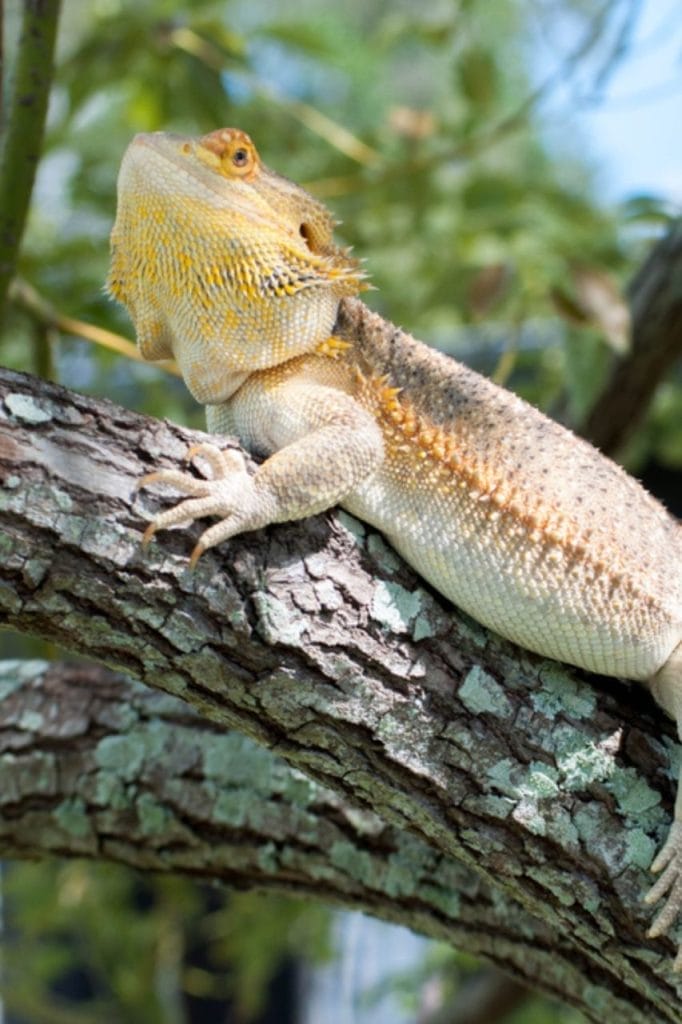
Citrus morph
Citrus morphs are a mix of yellow and green tones. The result is a beardie that looks like it’s been painted with a lime highlighter.
It’s not a true neon green—more like a pale, acidic yellow with a greenish hue. Some citrus dragons look nearly pastel, especially if they’re hypo.
This morph isn’t as common as red or orange, but it’s definitely a head-turner if you want something different.

White morph
White morphs are on the rare side and hard to keep spotless. They’re not pure snow white—usually more of an icy or silvery tone.
A lot of white dragons are actually hypo or translucent morphs that lack strong pigment, which gives them that pale look.
They tend to show off subtle color hints depending on their lighting, mood, or environment. Think of them like a blank canvas—clean, sleek, and oddly elegant for a lizard.
Blue* (very rare and controversial) morph
Let’s be real—blue bearded dragons aren’t truly blue. Photos online can be misleading thanks to filters or lighting. What people call blue morphs are usually translucent babies that look bluish when young.
As they grow, the color usually fades. Some might keep a faint bluish hue around the belly or beard, but it’s subtle.
If someone’s trying to sell you a bright blue beardie, be skeptical. There’s no official “blue” gene—just visual tricks and wishful thinking.
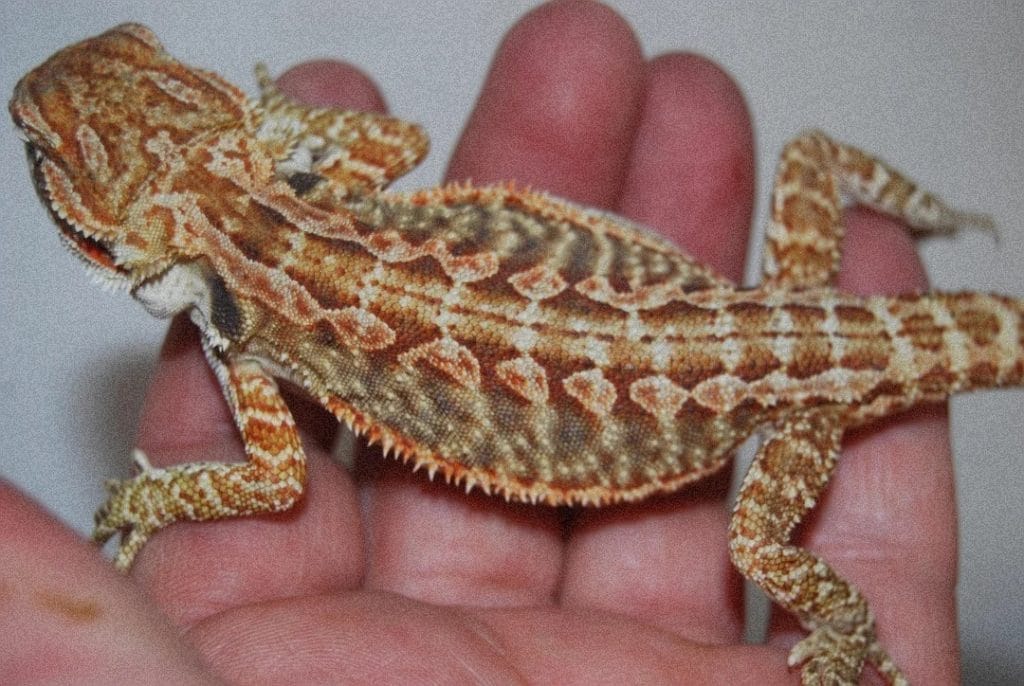
Sandfire morph
This one’s an OG in the morph world. Sandfire dragons come from one of the first big color lines, bred to bring out bright orange and red tones.
They’re usually rich in warm shades—think fiery oranges with some gold and yellow mixed in. Some breeders still use the “Sandfire” name, but these days it’s kind of merged into the general red/orange category.
Still, it deserves a spot because of its history.
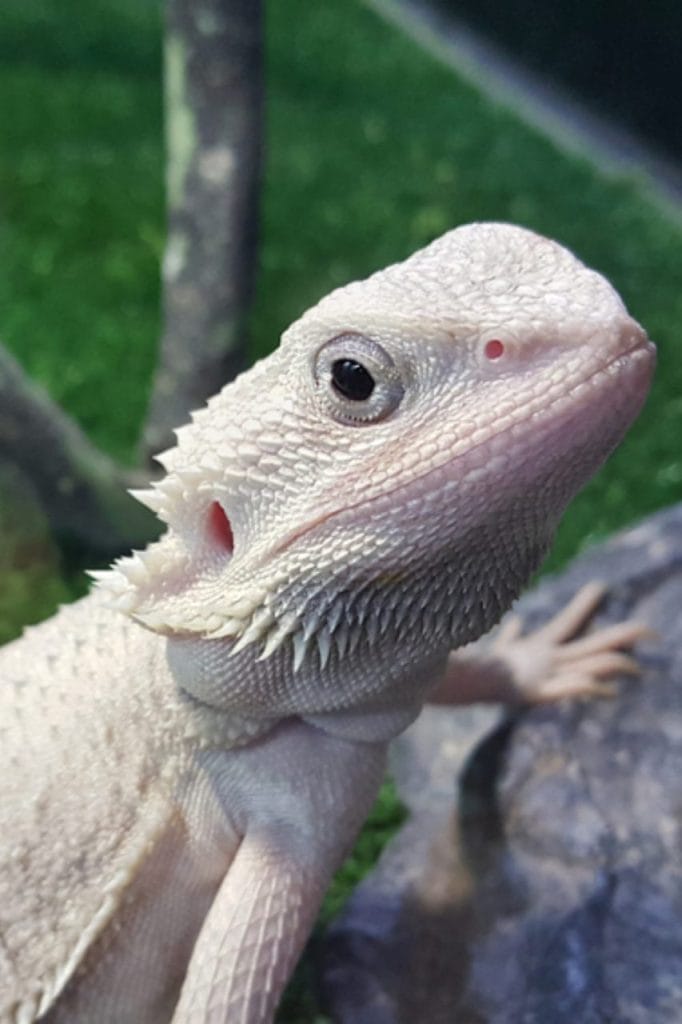
Snow morph
Snow morphs are pale, but not quite white. Think of them like a mix between white and very light gray or pastel shades. Some may even have a faint pink or lavender tone when young.
The goal here is to reduce the color as much as possible. Snow beardies often have a soft, washed-out look.
They’re usually created by combining hypo and other low-pigment traits. Not as flashy, but there’s something cool about their frosty look.
Purple Passion morph
Purple Passion is more of a marketing term than a widely accepted morph. The name pops up from breeders trying to describe beardies with a pinkish or lavender hue, especially under certain lights.
It’s usually a mix of hypo, translucent, and sometimes citrus or snow lines. Don’t expect a deep purple beardie—it’s more of a pale blush tone that might look purplish in some lighting.
Rare? Yes. Real purple? Not really.
Albino* (some say it doesn’t exist in true form) morph
Here’s the controversial one. A true albino bearded dragon, with zero melanin, red eyes, and completely white or pink skin, has never been fully confirmed in the hobby.
Most “albinos” being sold are actually just super hypo or translucent dragons with very light coloring. Some have red or ruby eyes, which adds to the confusion.
Until a true albino is genetically proven, it’s best to treat this morph as more of a myth than a fact.
Scale & Texture Morphs
This category has nothing to do with color. It’s all about how your bearded dragon feels and looks up close. Some have smooth scales. Others are rough or even completely scaleless.
These traits change how their skin grows, how they shed, and in some cases, how much care they need.
Let’s break down the main ones.
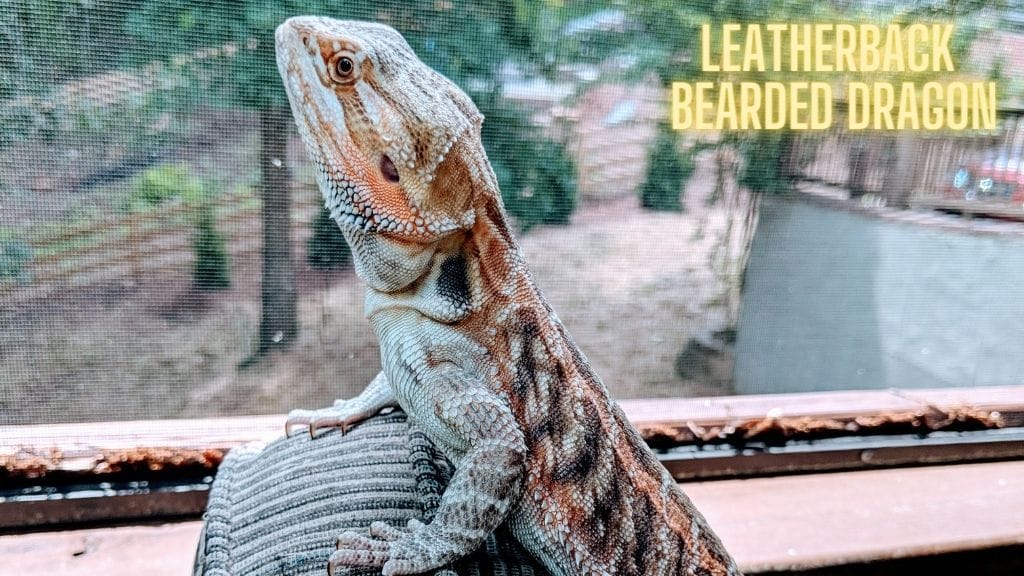
Leatherback
Leatherback beardies have smaller, smoother scales than normal dragons. They still have spikes, but those are usually shorter or softer.
The cool thing? The color tends to look more vibrant on leatherbacks since there’s less texture breaking it up.
They’re also easier to hold and feel more rubbery. Pretty popular because they’re flashy without being high-maintenance.
Silkback (completely scaleless)
This one’s a full-on scaleless morph. No spikes. No roughness. Just a soft, silky body that looks and feels like smooth rubber or thin leather.
But here’s the trade-off—they’re very delicate. Silkbacks can’t handle strong UVB or rough surfaces well.
Their skin dries out faster and they’re more prone to injuries. You’ll need to moisturize them sometimes, like a lizard spa day. Only get one if you’re ready for the extra work.

Hypo (less melanin = lighter color)
“Hypo” means the dragon has less melanin—basically, less black pigment. That makes them look brighter overall. You’ll notice clear or pale nails (not black) and softer tones across the body.
This trait shows up in color morphs too. A hypo red looks way more vibrant than a regular red. It’s not about being healthier or weaker—it just makes the colors pop.
Hypo dragons are super common in the morph game.
Translucent (see-through belly, darker eyes)
Trans morphs are wild when they’re babies. They usually have black or deep blue eyes, and their skin looks semi-see-through, especially on the belly.
You might even see their organs faintly when they’re young. As they grow, the effect fades a bit, but the eyes usually stay dark.
Some also keep a glossy shine. A lot of people mix trans with other morphs to create rare-looking combos.
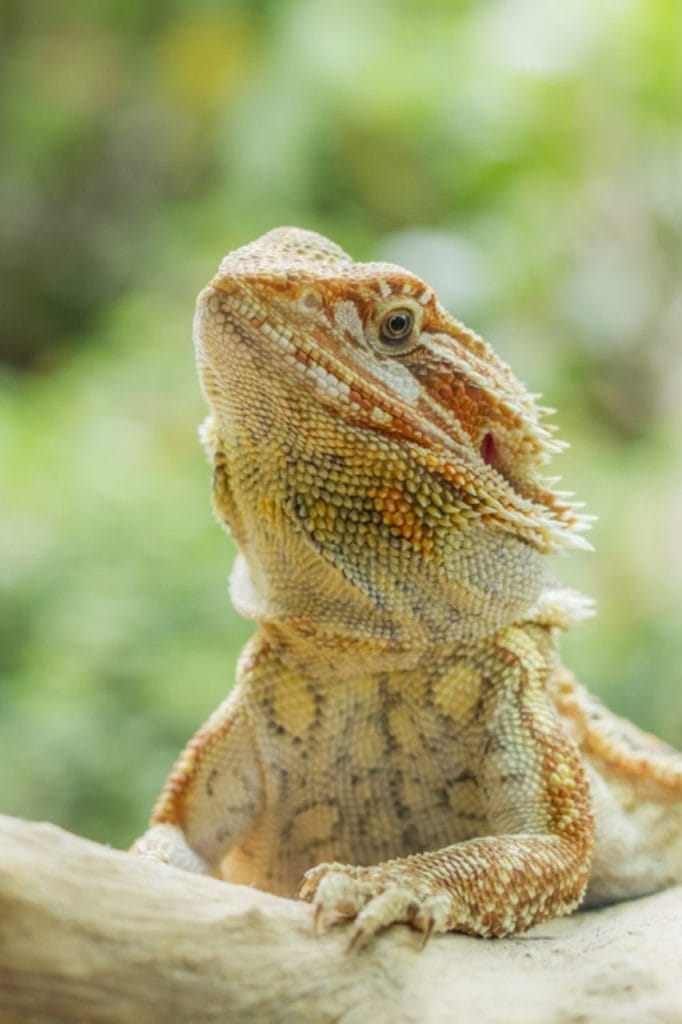
Dunner (different scale direction and pattern)
Dunner beardies grow their scales in a different direction—it’s a genetic trait that changes how they look and even how they eat and move.
You’ll notice their scales pointing outward instead of flat. Their patterns often look messier or more chaotic.
Even their poop can look different (weird but true). Dunner morphs often show bold, strange patterns, which makes them stand out fast.

Your Beardie Has More to Say…
This article tells you WHAT to do, but do you know WHY your dragon needs it? Or what they’re thinking when you do it wrong?
Read the full rant (all 20 chapters of it) in: “What Your Bearded Dragon Wishes You Knew”
*Told by a very frustrated beardie who’s had ENOUGH of watching you guess.*
Pattern & Body Type Morphs
These morphs are less about color and more about the dragon’s markings or size. Some have bold stripes, others are clean and patternless. A few are just big.
These traits don’t usually affect care, but they sure change how your beardie looks on display.
Let’s break them down.
Tiger (striped pattern)
Tiger morphs have dark vertical stripes running across their body and tail—kind of like a tiger, but less dramatic.
The stripes usually appear over a base color like orange or yellow, and the contrast can be really striking.
Some tigers have clean, bold lines. Others are more broken and messy. It depends on the bloodline. This one’s common, but still eye-catching.
Paradox (random color blotches, looks ‘glitched’)
Paradox beardies look… glitched. There’s no better way to put it.
They have random patches of color that don’t follow any pattern. You might see a bright purple spot on an otherwise orange dragon. Or splotches of white scattered across the body.
No two paradox morphs are alike. They’re genetic weirdos—and people love them for that. Super rare and expensive.
Zero (no pattern or color)
The cleanest-looking morph you’ll ever see. Zero dragons have no pattern. No stripes, no dots, no patches—just a solid, ghost-like color.
They’re usually white, silver, or very pale gray. Some people confuse them with albinos, but Zeros still have normal eyes. If you’re into minimalism, this is the morph for you.
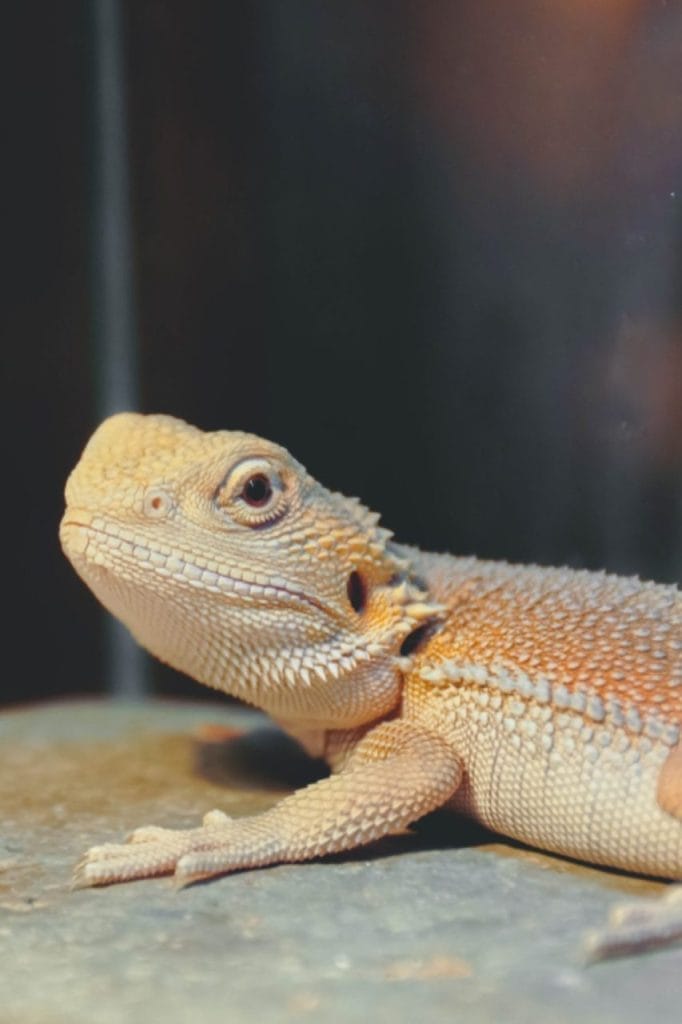
Witblits (patternless but with pale color)
Witblits are kind of like Zeros but not quite. They’re also patternless, but instead of ghostly white, they have soft earthy tones—like beige, tan, or sandy gray.
The name sounds cool, but they’re calm-looking dragons, not flashy. Breeders often mix them into combos for smoother patterns or unique pale tones.

German Giant (larger body size)
This morph is exactly what it sounds like—big beardie.
German Giants can grow 20–24 inches or more, while normal dragons stay around 16–20 inches. They eat more, poop more, and need more space.
Some say they’re a bit more laid-back, but care is mostly the same. Just don’t try to cram one in a small tank.
Combo Morphs
These morphs are what happen when breeders mix two or more traits into one dragon. You’ll see combinations of color, scale type, and even eye features all in one beardie.
They don’t form new “pure” morphs, but they’re still treated like special morphs because of how they look. Most of the jaw-dropping beardies on Instagram? Probably combos.
Let’s run through the most popular ones.
Hypo Translucent
This combo mixes two things: the bright color from hypo and the dark eyes and glossy look from translucent.
The result is a beardie that looks extra vibrant with shiny, see-through vibes—especially when young. One of the most common (and flashy) combo morphs out there. Easy to find, not too pricey.
Leatherback Dunner
This one combines the smooth scales of a leatherback with the weird scale direction and pattern of a dunner.
You get something that feels sleek but looks wild.
The patterns usually appear more scattered or random, and the colors stand out better without all the rough texture. Definitely one of the cooler-feeling morphs to hold.
Citrus Hypo
This is a bright yellow-green beardie with reduced melanin thanks to the hypo gene.
The citrus color already looks bold, but when combined with hypo, it turns almost neon. Great if you want something super eye-catching but not red or orange.
Zero Witblits
This one’s for people who love the clean, patternless look.
A Zero gives you no pattern, and Witblits softens the colors into sandy tones. When you put them together, the beardie looks like a ghost lizard—smooth, pale, and almost futuristic. Expensive, rare, and always in demand.
Whatever combo your beardie is rocking (some morphs don’t have names yet)
Not every bearded dragon fits a neat label. Some are total mutts—in a good way.
Maybe yours is a hypo leatherback dunner with orange tiger stripes. Or a translucent snow morph with a paradox splash.
These don’t always have fancy names, but they look amazing. And honestly, that’s what matters.
About Author
Hello, I’m Muntaseer Rahman, the owner of AcuarioPets.com. I’m passionate about aquarium pets like shrimps, snails, crabs, and crayfish. I’ve created this website to share my expertise and help you provide better care for these amazing pets.
Disclaimer
This site is owned and operated by Muntaseer Rahman. AcuarioPets.com is a participant in the Amazon Services LLC Associates Program, an affiliate advertising program designed to provide a means for sites to earn advertising fees by advertising and linking to Amazon.com. This site also participates in other affiliate programs and is compensated for referring traffic and business to these companies.
